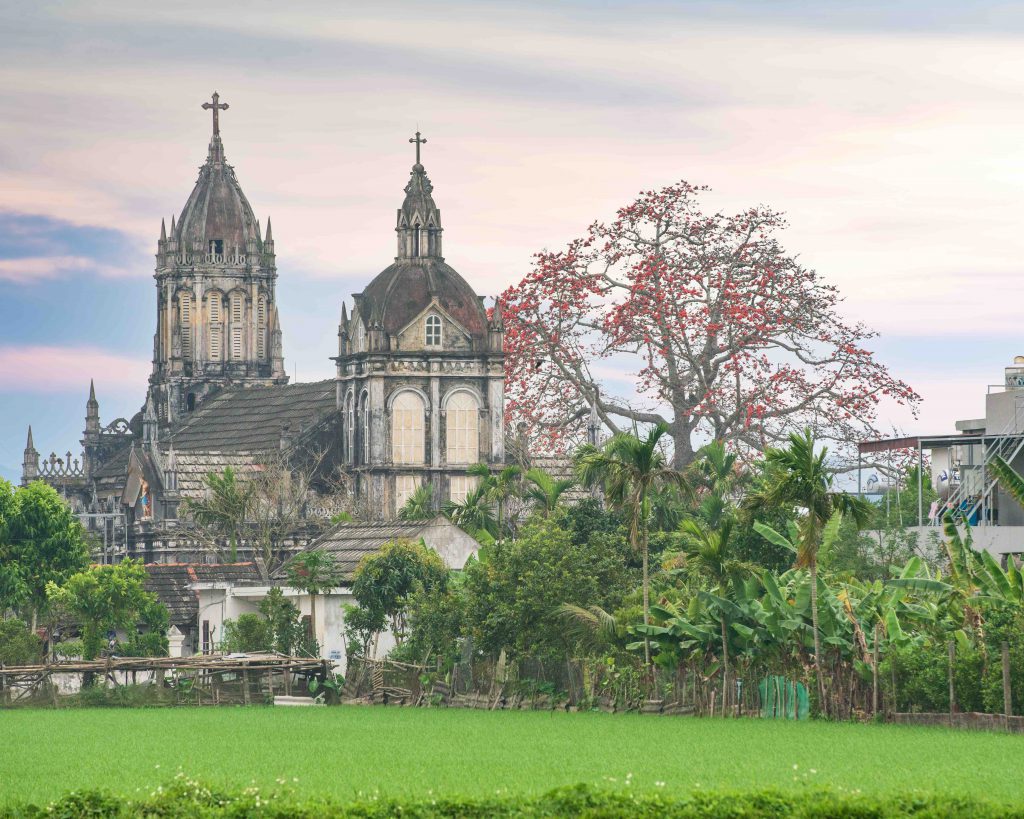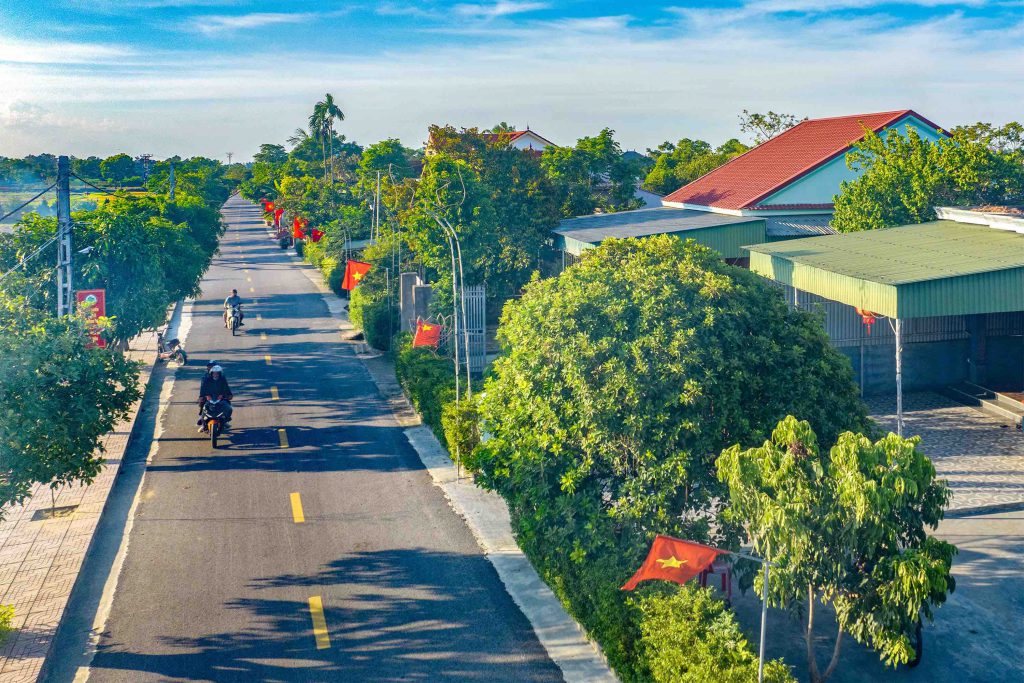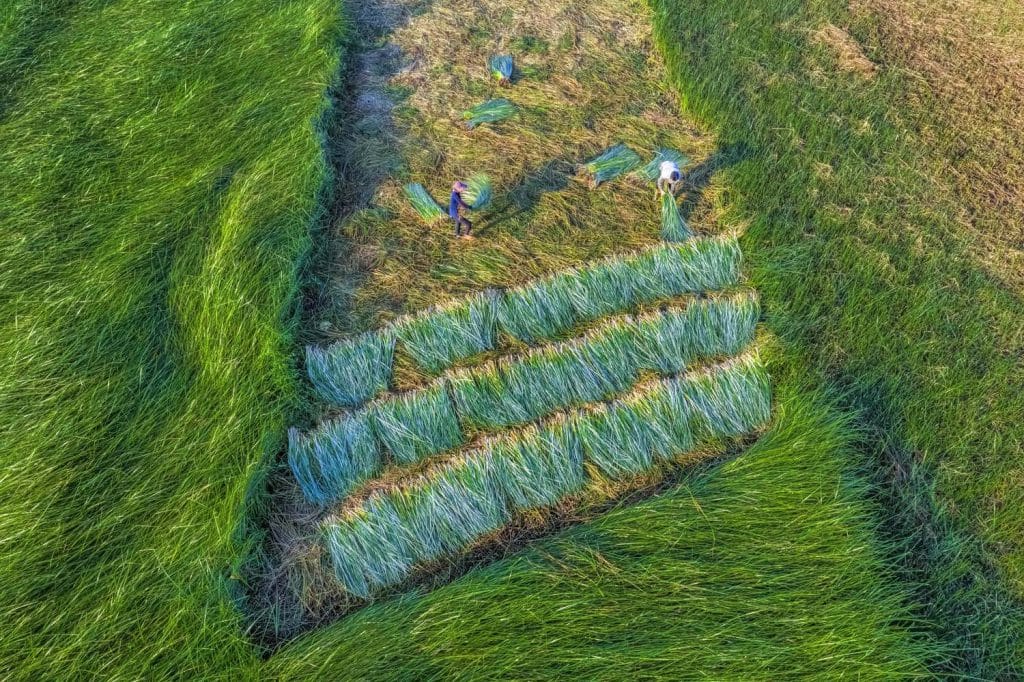Story: Truong Quy, Phuong Dinh Anh
Photos: Quang Ngoc, Dao Canh, National Coordination Office of the NTP on New Rural Development
The perception of rural areas as poor and backward is a thing of the past. The shift toward a green and sustainable lifestyle has led Vietnamese people to recognize the value and potential of their rural roots. This transformation has resulted in prosperous, beautiful, and civilized villages, with some even surpassing urban areas in certain aspects. Across the country, from North to South, skilled and hardworking residents are striving to create a “livable countryside.”

For nearly 15 years, Vietnam has been undertaking a well-known national rural development program, widely promoted by the media. The program focuses on building modern rural spaces with essential infrastructure, including transportation, irrigation, clean water, electricity, telecommunications, and social facilities like schools and healthcare centers. It emphasizes a quality-driven economy, diversification of industries, and specialization, exemplified by the well-known “One Commune One Product” (OCOP) program. Additionally, protecting ecological spaces, respecting natural landscapes, preserving traditional architecture, and conserving historical and cultural relics have become key priorities in creating rural areas truly worthy of being called “livable.”
A Tay village in the Land of a Thousand Winds
At the beginning of 2025, Thai Hai village in Thinh Duc commune, Thai Nguyen city was honored as a 5-star OCOP product in the rural tourism sector at the national level. This is not surprising, as three years ago, it was recognized by the World Tourism Organization (UNWTO) as one of the 32 “Best Tourism Villages” in the world. Thai Hai village is home to over 150 people of Tay ethnicity, whose lifestyles reflect traditional Tay customs. Thai Ha was established by regenerating a forest of over 20 hectares and rebuilding more than 30 traditional Tay stilt houses moved from the Dinh Hoa Safety Zone, known as the “Land of a Thousand Winds”. Here, tourists can join traditional games, experience activities like making cakes, brewing spirits, roasting tea, weaving, etc. and enjoy rustic dishes made from clean ingredients grown by the villagers.

A land of fragrant rice and craft villages
Long famous for its fragrant tam xoan rice, Hai Hau in Nam Dinh was one of the first five districts in the country to achieve the “new rural standard” ten years ago. In 2018, a high-end community tourism model called Ecohost Hai Hau was established and recognized as a 5-star OCOP rural tourism product at the national level. Visitors to Hai Hau will find the countryside full of majestic relics like a 500-year-old tiled bridge, towering churches, and lush ancient villages. Tourists can explore many unique craft villages, including one that makes brass horns, an artist village, a bonsai village, a hat-weaving village, a net-weaving village, a salt-making village, and one known for its fish sauce.
Scholarly roots and modern entertainment in Ha Tinh
The hometown of the great poet Nguyen Du, Nghi Xuan district in Ha Tinh province, has become an attractive destination with Xuan Thanh commune emerging as a model of new rural development. This coastal area offers beautiful landscapes and a clean environment. Along with traditional scholarly villages, the beach resort of Xuan Thanh features modern touches and a mix of activities including an 18-hole golf course, a dog racing and entertainment sports complex, and the luxurious Hoa Tien Paradise Resort, where rural life meets modernity.
Listening to the waves by the Cliff of Stone Plates
Ganh Da Dia (the Cliff of Stone Plates) is a unique natural beauty spot in Tuy An district of Phu Yen province. This landmark and the area’s distinctive scenery draw many tourists. Photographers are said to “burn out their cameras” when faced with the cliffs’ hexagonal rock formations, which protrude into the sea and interlock like giant honeycombs. Now a symbol of tourism in Phu Yen, this site in An Ninh Dong commune connects with other nearby destinations to create a vibrant itinerary. Hon Yen Island in An Hoa Hai commune is known for its interesting geology and rich biodiversity. Nearby, in An Cu commune, the mat-weaving village of Phu Tan boasts hundreds of years of history, where tourists can experience the harvesting, drying, and weaving of rush mats, plus many other interesting products fashioned from reeds.

Stunning nature in the fertile delta
Tram Chim National Park in Tam Nong, Dong Thap is the world’s 2,000th Ramsar site. Certified as an “important wetland of humanity”, it attracts many tourists to the Mekong Delta. With the park as its highlight, Tam Nong district has had all 11 of its communes recognized as meeting “the new rural standard”, with four communes achieving the status of “advanced new rural standard”. Visitors to Tam Nong can admire vast wetlands characteristic of the delta, with birds in the sky, and scenes of lotus flowers and water lilies. The journey includes many chances to experience the unique culture of people in the Mekong Delta, as tourists enjoy rustic dishes, and listen to sweet Vong Co melodies.
Building new rural areas is no longer a distant goal but an ongoing process that demands perseverance and has no endpoint. Residents of each region are adapting to the lifestyles and resources bestowed by Mother Nature and displaying unique creativity to achieve truly sustainable development.
According to the National Coordination Office of the NTP on New Rural Development, by the end of 2024, 78% of communes across the country will meet “new rural standards”, and 2,825 communes will meet “advanced” and “model new rural standards”. These communes have 15,590 OCOP products with 3-star ratings or more.










